As open-pit mines continue to get deeper with the maturing of operations, pit dewatering is becoming more vital, with ground water not only posing an operational challenge but also a potential safety hazard if not attended to appropriately.
In this scenario, it is not a case of one pump fits all dewatering application requirements and it is advisable to deal with a reputable pump supplier to ensure the most appropriate solution is selected, according to Integrated Pump Rental.
Lee Vine, Managing Director of the company, said each application requires a site-specific solution.
“There are numerous options available in terms of the actual pump and ancillary equipment, as well as the choice between rental and outright purchase,” he says. “The differentiator that our team offers is the ability to assess a given application and provide a pit dewatering solution with the correctly sized pump.”
There are several factors that can have an impact on the pump selection, and this includes available power sources; the volume of water to be pumped; and the condition of the dirty water, including size and type of particles in the water.
“What adds complexity to pit dewatering applications is that, in many cases, the need to dewater a pit can be urgent and customers are forced into making an incorrect pump selection or tying themselves into a contract that does not work in the longer term,” Vine says.
While the decision to hire or purchase is an important commercial one, so is the actual selection of the pump itself, he said.
“If the pump is not sized correctly for the dewatering application at hand, it will not perform as required. This, in turn, leads to further operational challenges including production losses and sometimes even the need to change the pump resulting in further costs.”
One of the most important factors to consider is the available energy source. If there is no access to power, options such as diesel-driven or pumps fitted with hydraulic power packs must be explored.
When selecting the pump, it is also important to understand the specifics of the water ingress conditions and whether this is a long-term issue or simply a short-term challenge. This scenario will dictate the pump size, its rated output and what ancillary equipment is required.
Over time the pit depth had increased, and the groundwater level had been exacerbated by the winter snowfall in the highlands of the country. As a result, the total dynamic head for the duties of the installed dewatering pump installation changes and the mine required an urgent solution.
Initially a Sykes XH150 diesel driven pump was deployed, pumping at 120 l/s at 150 m head. Subsequent to this, a second Sykes pump was dispatched to site to ensure the level of water remained at an acceptable level.
With the two Sykes pumps on site, the mine was assured of enough pumping capacity, should the groundwater level increase.
The call from this mine came in and, within 24 hours, the first Sykes pump was installed on site, according to Vine.
“This is very significant, when one considers that the mine is situation some 500 km from the company’s front door and across the border into a neighbouring country.”
Integrated Pump Rental not only rents out Sykes diesel driven pump sets, the company is also responsible for the sale of these dewatering pumps across southern Africa. The robust units are designed for reliable performance, under even the harshest operating conditions, according to the company.








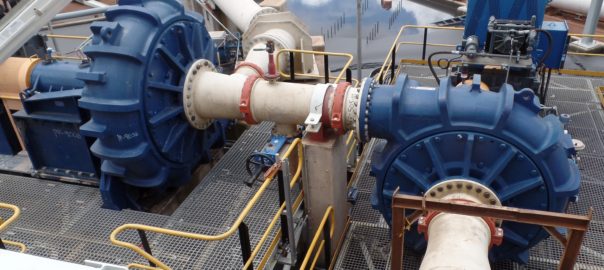
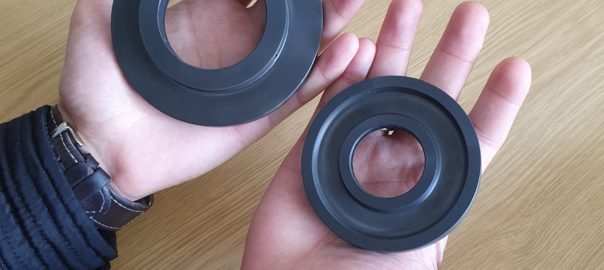
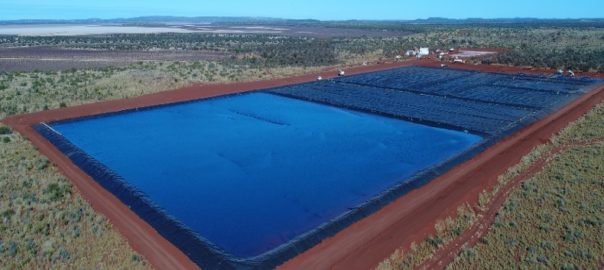
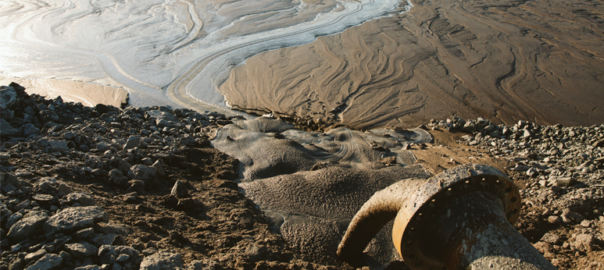

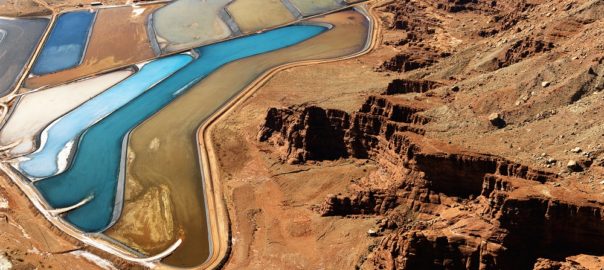


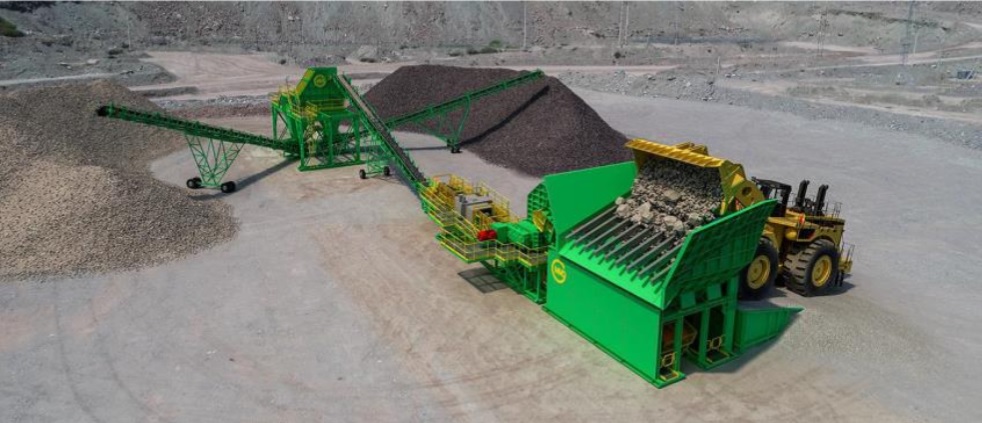
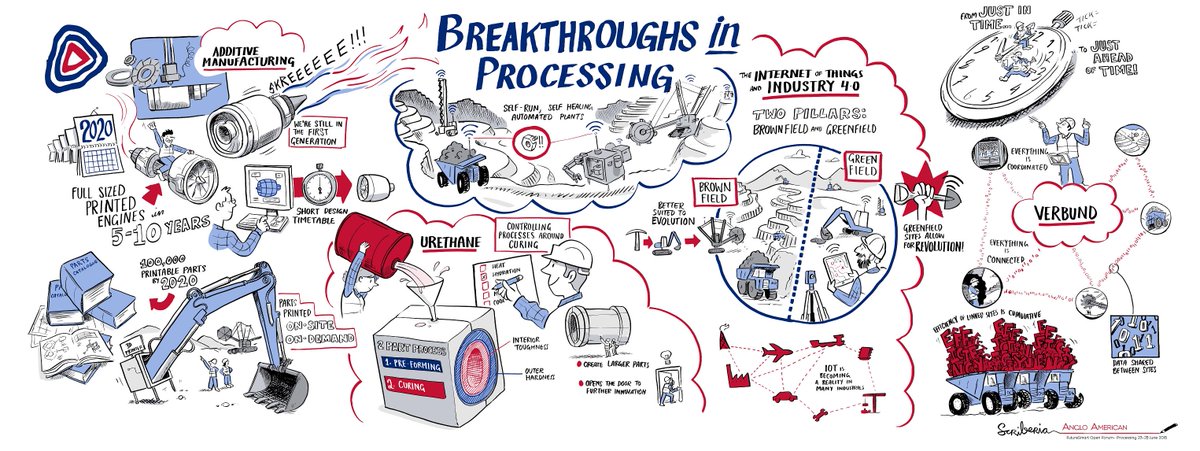
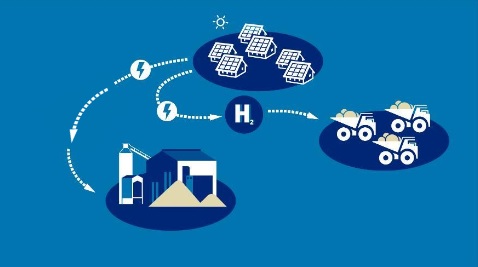
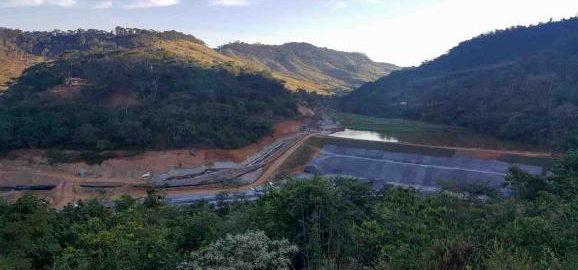
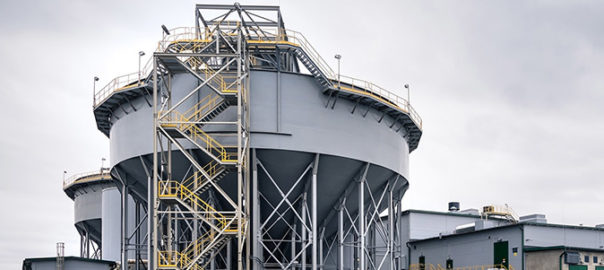
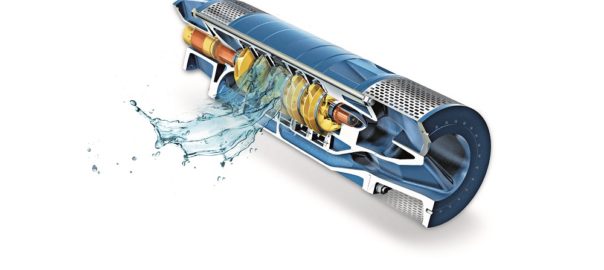
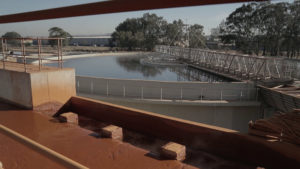 ANDRITZ engineers spent weeks developing the sophisticated technology needed to encapsulate the motor so it could withstand the higher internal pressure. The first two pumps have been running since June 2014. These 21-t pumps, each 15 m long with a 1-m diameter, were installed side by side in March, 5 m apart, but could only be started after completion of the water treatment plant.
ANDRITZ engineers spent weeks developing the sophisticated technology needed to encapsulate the motor so it could withstand the higher internal pressure. The first two pumps have been running since June 2014. These 21-t pumps, each 15 m long with a 1-m diameter, were installed side by side in March, 5 m apart, but could only be started after completion of the water treatment plant.